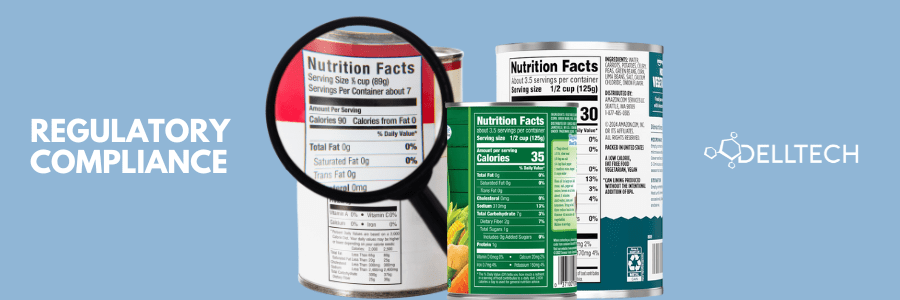By: Joanna Chudyk, Regulatory Affairs Specialist, email
Changes are coming to the way food-contact sanitizers are regulated with the introduction of the Biocides Regulations. If you’d like to learn more about what we know so far, check out our blog on food contact sanitizers under the Biocides Regulations. But what exactly is a food-contact sanitizer and how are they currently regulated?
There are several pathways to market for chemical cleaning agents in Canada. The route selected substantially depends upon the claims intended to make for the product. If your product makes disinfectant claims, including disinfectant-sanitizer claims then it will need to be registered with the Therapeutic Products Directorate (TPD) and obtain a Drug Identification Number (DIN). In contrast, if the product is intended to be marketed as a cleaner without disinfectant/sanitization claims then it would fall under the consumer product category, regulated by the Canada Consumer Product Safety Act (CCPSA). Products that are intended to be used on food-contact surfaces, do not make disinfectant claims, and make only sanitizer claims would be considered food-contact surface sanitizers and are regulated by the Bureau of Chemical Safety (BCS).
Currently, food-contact sanitizers do not require pre-market registration to be sold and used in Canada. The onus is on the food business to ensure any non-food chemicals that are used in production facilities are safe for use. The Canadian Food Inspection Agency encourages food establishments to have a Letter of No Objection (LONO) addressed from Health Canada or Letter of Guarantee (LOG) from the manufacturer. Other documentation includes Letter of Acceptance (LOA) issued by the CFIA or confirming the chemical used is present on the Reference Listing of Accepted Construction Materials, Packaging Materials and Non-food Chemical Products. Please note that although LOA’s are no longer issued by the CFIA, previous letters remain valid for the time being. Moreover, as of January 2016, the CFIA no longer pre-approves materials and products for the Reference Listing. This list is no longer maintained so it should be used with caution.
The new Biocide Regulations will certainly have a significant impact on companies that have not had to worry about registering their surface sanitizer products. Follow Dell Tech for any updates and let us assist you in navigating these new regulations.
Contact:
Dell Tech
Joanna Chudyk, M. Sc.
Regulatory Affairs Specialist
joanna@delltech.com
Dell Tech has provided professional, confidential consulting services to the chemical specialty
industry in Canada, the USA, Europe, and Asia for the last 40 years.
Contact us today for more information.





